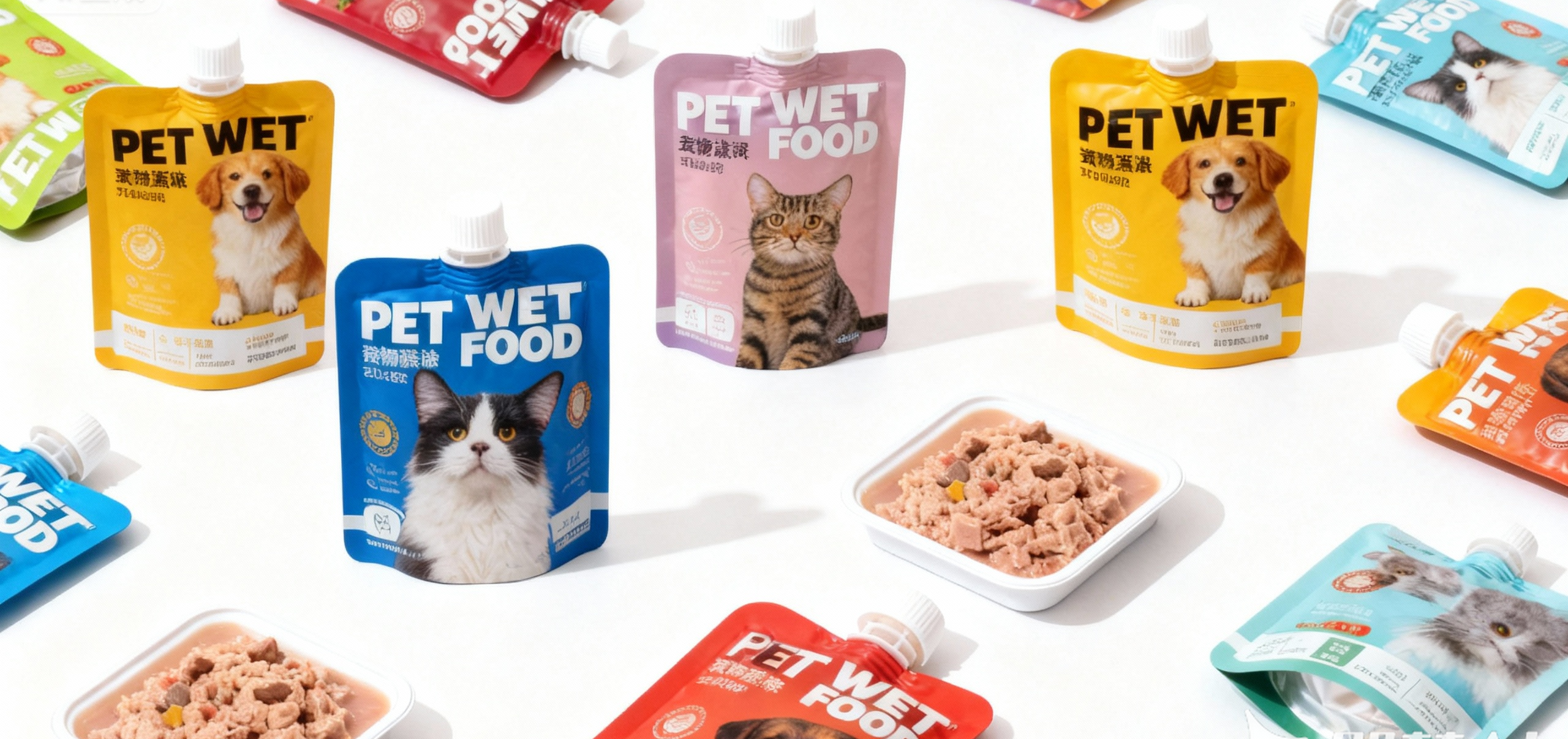Ready to eat products are becoming a core solution in the global food supply chain, driven by changing lifestyle habits, increasing demand for convenience foods, and the growth of international food trade. The advancement of retort technology now plays a vital role in ensuring product safety, longer shelf life, and improved production efficiency. A modern ready to eat retort system is no longer just a sterilization device, but a strategic asset for industrial food producers.
The Importance of Ready to Eat Retort in the Food Processing Industry
The ready to eat food market has grown significantly due to the expansion of export channels, online retail, and demand for shelf-stable foods without preservatives. As a key thermal processing technology, ready to eat retort sterilizes packaged food under high temperature and pressure to eliminate harmful microorganisms and maintain product safety.
For manufacturers and food distributors, the benefits go beyond shelf life extension. Ready to eat retort creates operational consistency, allows flexible packaging options, and enables companies to meet regulatory requirements across various markets. It supports a variety of food types such as meats, cooked rice, sauces, prepared meals, soups, beverages, and plant-based protein products.
Key Applications of Ready to Eat Retort in Commercial Foo Production
Ready to eat retort systems are widely used in food production facilities, central kitchens, canning factories, and large-scale meal preparation plants. The technology is suitable for both high-volume continuous processing and multi-batch production models.
Common applications include:
• Ready to eat meals for retail markets
• Canned and pouched meat and seafood products
• Sauces, soups, and processed beverages
• Commercial meal kits and military rations
• School, airline, and institutional catering supplies
Whether the food is packaged in cans, pouches, glass jars, or aluminum trays, retort technology ensures that the product meets both safety and quality standards without the use of chemical preservatives.
Key Advantages of Using Ready to Eat Retort Systems
For industrial food manufacturers, achieving consistency and regulatory compliance is critical. Retort processing provides a reliable and proven solution that supports food quality control, production efficiency, and profitability.
The main advantages of ready to eat retort include:
• Improved shelf life without affecting taste or texture
• Stable sterilization performance with precise temperature control
• Compatibility with flexible and rigid packaging materials
• Efficient batch or continuous production modes
• Reduced operational cost through automation and lower labor demand
• Enhanced product safety and compliance with food regulations
These advantages are essential for companies operating in highly competitive and regulated markets, especially when exporting food products internationally.
Technological Features of Modern Ready to Eat Retort Equipment
Modern retort machinery integrates thermal processing, automated controls, and real-time monitoring to achieve stable and consistent sterilization results. Advanced retort systems use hot water circulation, steam heating, spray sterilization, or water immersion according to the product type and packaging method.
Typical technical features include:
• Integrated temperature and pressure control
• Programmable processing cycles
• High heat penetration rates to ensure complete sterilization
• Automated data recording for traceability
• Energy-saving circulation and water recovery systems
• Safety systems and sterilization validation functions
These features allow manufacturers to scale production while maintaining product performance standards and traceability.
Packaging Compatibility in Ready to Eat Retort Applications
Packaging is a critical factor in the retort sterilization process. Many food brands now focus on user-friendly, lightweight, and eco-friendly packaging solutions that still offer high durability and thermal resistance.
Common packaging types used in retort processing include:
• Retort pouches for lightweight, flexible packaging
• Metal cans for traditional shelf-stable foods
• Glass jars with sealing performance
• Aluminum trays and containers for food service operations
These options provide versatility in product design, transportation, and shelf display.
The Role of Ready to Eat Retort in Food Safety and Quality Control
Food safety remains the top priority in global food manufacturing. Retort sterilization eliminates foodborne pathogens, spoilage microorganisms, and biologically active contaminants. It ensures compliance with food hygiene standards including FDA, HACCP, and other international regulations.
This technology also supports consistent product quality. The food maintains original flavor, texture, and nutritional value due to precise processing parameters. Manufacturers can produce stable, high-quality food suitable for long-distance transport, retail distribution, and international export.
Ready to Eat Retort in the Context of Global Market Growth
The increasing global demand for ready to eat foods is creating commercial opportunities for food manufacturers, distributors, and contract processors. The rise of e-commerce and long-shelf-life packaged food products has accelerated investments in modern retort technology.
More companies are upgrading production lines to:
• Increase production scale
• Reduce reliance on cold storage
• Supply products for export markets
• Extend distribution channels
As a result, ready to eat retort technology has become an important driver of operational transformation and product innovation.
Cost Efficiency and Production Optimization
Ready to eat retort systems help reduce long-term processing costs by improving equipment utilization and workflow efficiency. Automated retort facilities minimize human error, streamline thermal processing, and reduce manual handling.
Food producers benefit from:
• Lower maintenance and energy cost
• Reduced labor demand
• Faster processing cycles
• Better output consistency
This aligns with modern production goals such as sustainability, automation, and manufacturing modernization.
Conclusion
The ready to eat retort is a key processing technology for helping food manufacturers deliver safe, shelf-stable, and high-quality food products to global markets. It supports flexible packaging, efficient thermal processing, and wide product compatibility. For B2B buyers in the food industry, investing in retort equipment is a strategic decision that improves operational efficiency, regulatory compliance, and product value.
Whether used in industrial production lines, commercial kitchens, or large-scale meal processing facilities, retort technology continues to shape the future of packaged food and global distribution.
FAQ
1. What type of foods are suitable for ready to eat retort processing?
It supports meats, seafood, sauces, soups, beverages, cooked grains, and prepared meals.
2. Does retort processing require preservatives?
No. Heat sterilization ensures food safety and shelf life without chemical preservatives.
3. What packaging materials can be used in retort processing?
Retort pouches, cans, jars, aluminum trays, and other thermally resistant materials.
4. Is ready to eat retort suitable for large-scale food production?
Yes. It supports industrial batch processing and continuous production for commercial use.
Post time: Nov-27-2025








